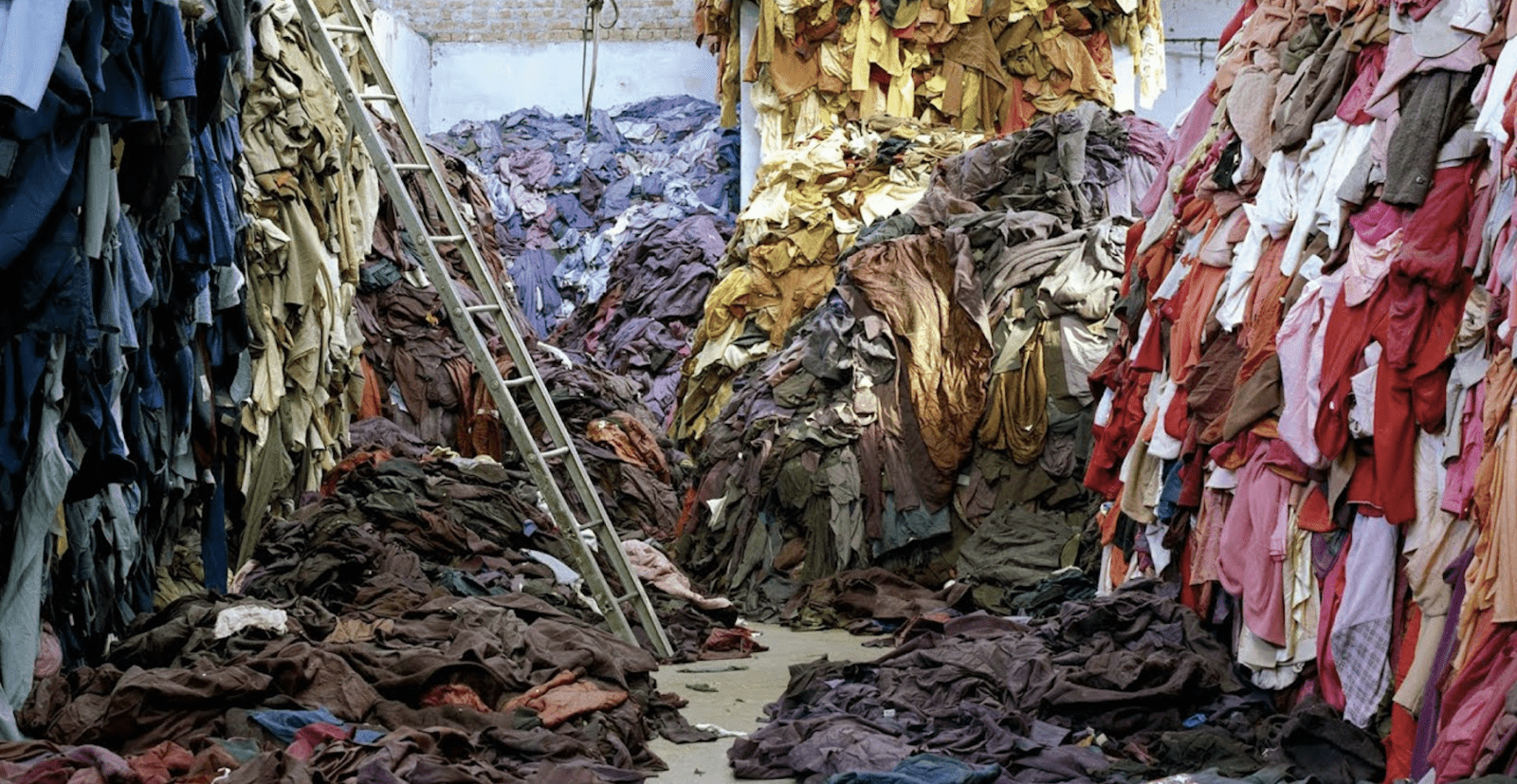Fast fashion presents an environmentally-strenuous cycle of mass producing low quality products to meet impractical marketplace expectations of seasonal, stylish trends. This model contributes to excess water, energy, and waste consumption during manufacture. By encouraging an unhealthy consumer shopping mentality which supports consumption and materialism, the impact of fast fashion will be quick to destroy the environment and its precious resources.
A Price Greater than the Product
Fast fashion is a profit-driven system. Environmental concerns are often neglected as the pressure to reduce costs and speed up production times are prioritized during manufacture. As fast fashion remains present in the marketplace, the environment will continue to be at risk- a cost humankind cannot afford.
The fast fashion system cheaply produces clothing that is not durable for multiple wears. Fast fashion garments have an average life span of three years or less. With greater access to more clothes in stores or online, consumers are buying more textile products. This leads to the consequential dumping of clothing in landfills. Nearly 100% of textiles are recyclable, but only about 15% of clothing is donated or recycled each year. The mass textile waste generated by rapidly producing new clothes is contributing to greenhouse gas emissions through synthetic fiber decomposition.
Operating in a take-make-waste linear model, producing fast fashion garments attributes to large scale pollution. Textile treatments and dyes used in the manufacturing process are responsible for 20% of industrial water pollution. A large majority of fashion manufacturers don’t recycle or reuse water for the next production order, so leftover water waste pollutes the surrounding areas.
Globally, the fashion industry is responsible for 8-10% of carbon emissions. Emissions are greater than all combined international and maritime flights. Some of the main sources of carbon emissions include textile production, transport and manufacture of fashion products.
Overall, fast fashion’s intense volume production goals has led to the overwhelming consumption of resources during manufacture. This system is not sustainable; to make a more eco-friendly fashion industry, products need to focus on quality and not quantity.
Resisting the Impact of Fast Fashion
Sustainable fashion cannot exist without traceability or transparency. With this in mind, consumers can act against fast fashion by supporting fashion companies with clear intentions of achieving their sustainability goals. Consumers can limit spending by curating a capsule wardrobe, or buying secondhand. Consumers can also challenge key players of the fashion industry to become a part of the solution to the growing climate crisis.
Although clothes are an everyday necessity, existing processes promote wasteful and polluting activity. Consumers and fashion brands can reference initiatives to that are inspiring change in the fashion industry here.

The environmental and social impact of secondhand shopping
Of course there is no doubt that the ever-producing world of fast fashion negatively impacts the...

Carbon Disclosure Mandates
On March 21, 2022, the U.S. Securities and Exchange Commission (SEC) released its draft rule on...

Degrowth and the Fashion Industry
Between 2000 and 2014, consumers increased their apparel purchases by an average of 60%, with 85%...


